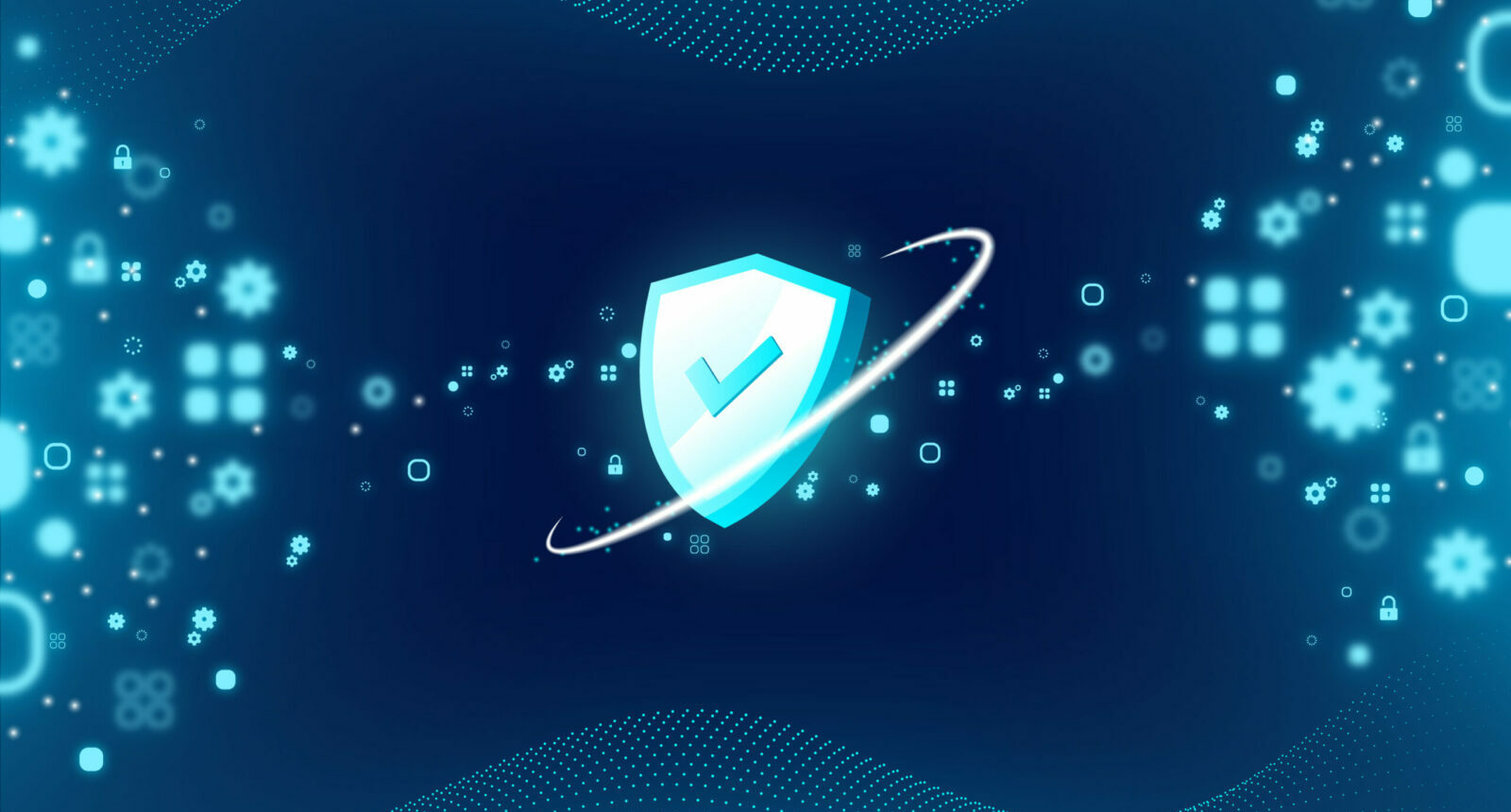
Wasabi: How to Stop Ransomware in its Tracks
In the past 12 months, 53 percent of organizations have experienced data loss or corruption in their software-as-a-service (SaaS) applications, according to Rob Callaghan, senior product marketing manager at Wasabi Technologies.
“Unfortunately, of those, less than 25 percent are able to recover 100 percent of their Microsoft 365 data during a data loss incident,” he said Sept. 19, during the webinar “Stop Ransomware in its Tracks: Ironclad M365 Backup with Veeam & Wasabi.”
“Either they’re not fully prepared or they don’t have a backup solution,” he told attendees. “You’ve got to make sure you have the right backup in place because even if you have a backup in place, it doesn’t mean you’re going to end up recovering all of your data.”
If anything, he went on to say, “there’s more and more need to make sure you have your data protected, that you have a backup copy that is not on prem, and that it is immutable.”
Veeam Backup for Microsoft 365 enables organizations to thoroughly safeguard Office 365 by storing backups in the cloud, on-premises, or as a managed service, according to Wasabi and Veeam.
Pairing Veeam with Wasabi hot cloud storage provides organizations with the ultimate M365 data protection solution, the companies said.
 That is because Wasabi’s cloud storage is highly secure and engineered for rapid data backup and restoration, keeping data out of reach from ransomware attacks with the best of next-generation backup and Amazon Web Services S3 object storage, according to Wasabi.
That is because Wasabi’s cloud storage is highly secure and engineered for rapid data backup and restoration, keeping data out of reach from ransomware attacks with the best of next-generation backup and Amazon Web Services S3 object storage, according to Wasabi.
Session attendees were able to learn: why organizations still need to backup their Microsoft 365 data, how Wasabi and Veeam provide the ultimate ransomware protection; and the economics of using the Wasabi and Veeam solution.
There are many bad actors “coming in,” Callaghan warned. “They continue to get better at accessing your sites, fooling your people. They do it through phishing emails, remote attacks. They do it through a disgruntled contractor or a bad actor – someone who’s internal or just mad about something.”
He noted that someone said, “oh, it’d walk right by security and plug it in.” And that, he warned, can lead to things like data loss, where the average amount of data recovered even after one of those attacks is not as much as you think. “And so having a secure, immutable backup becomes critical because if you try to decrypt it, you’re finding out a big chunk of it is just garbage because of the way they do it,” he said.
He added: “A lot of times that, unfortunately, leads to what we call a resume generating event where the leadership, whether it’s the CISO, whether it’s someone underneath them, now has to go find a new job because of the fact that they let the bad guy in. They did not take the appropriate measures to protect the company.”
What is also significant is the “business disruption” caused by ransomware, he said, pointing to data showing that it takes “upwards of 20 days to get back” up and running, he noted. “That’s 20 days of lost business, 20 days of unhappy customers, 20 days that you’re a headline news before you can come back up. And a lot of times that leads to businesses never recovering or going out of business.”
Also speaking during the session were Edward Watson, principal product marketing manager at Veeam Software, and Lily McIntyre, digital content specialist at Wasabi.
